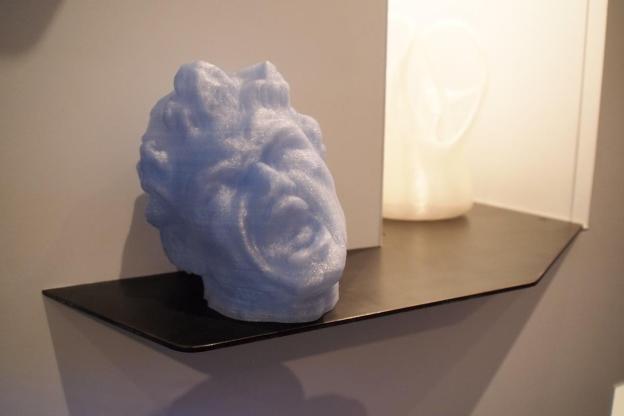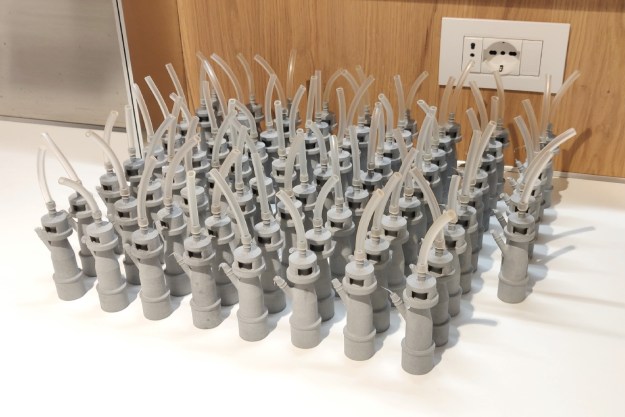
Of all the emerging technologies currently on the horizon, there are good reasons to believe that 3D printing is the most exciting. According to the believers, 3D printing could not only revolutionize manufacturing, but literally change the lives of millions of people around the world through improved access to countless products, and even create things like custom-made artificial limbs and pharmaceuticals. But according to Electronic Frontier Foundation (EFF), all that could get flushed straight down the toilet if patent trolls have their way.
Thanks to recently expired and soon-to-expire patents, the 3D printing industry enjoys a relatively unencumbered existence, in terms of intellectual property laws. The problem, says the EFF, is that “‘creative’ patent drafting” could soon restrict innovation in the 3D printing industry for the next 20 years — something that could stifle a market whose growth is largely dependent on the open nature of the industry.
In an effort to block the patent trolls, the EFF and the Cyberlaw Clinic at Harvard’s Berkman Center for Internet and Society have launched an initiative to find patents that could pour cold water on the 3D printing industry, and stop them in their tracks — and they want your help.
To get involved in the patent troll battle against 3D printing, the EFF recommends starting by searching the patent archives through the USPTO, PAIR, or Google Patents search. If you find a patent you think might apply to 3D printing, simply email the EFF at 3Dprinting@eff.org.
Once you’ve found these patents, you can begin searching for “prior art,” which is, basically, any publicly available information that shows an idea for a patent existed before the patent application was submitted. It could be a news article, a website, textbooks, other patents, research papers — almost anything outside of private communications. The EFF will also be updating its blog once patents are identified, to help fine-tune the prior art search.
Until recent changes to the patent system, the public was not able to take part in finding prior art — only the USPTO could perform that task. Now, thanks to the America Invents Act, anyone can submit prior art to the USPTO, and there are an increasing number of ways to do this, such as the recently launch AskPatents website from Stack Exchange.
While patent trolls may be threatening the 3D printing ecosystem, they aren’t the only challenge: According to experts, 3D printing will likely bring the wrath of all colors of copyright-reliant industries due to 3D printing’s inherent ability to let anyone recreate products at home. Such is the plight of disruptive technology, especially one as potentially powerful as 3D printing.
If you want to help protect the 3D printing industry, don’t wait to get involved: USPTO rules mandate that the window for combating the patents EFF is talking about is only open for six months after a patent’s first publication. So get to work, people. The future depends on you.
Editors' Recommendations
- 3DMakerpro’s Seal is a pocket-sized scanner to make next-gen precision 3D prints
- Need a last-minute Halloween costume? Check out these 3D-printable getups
- The future of making stuff: Inside the evolution of 3D printing with Formlabs
- Father’s Day Gift Idea: These cheap 3D printers are on sale for less than $300
- 3D printing lets hospitals make ventilator substitutes with common equipment


